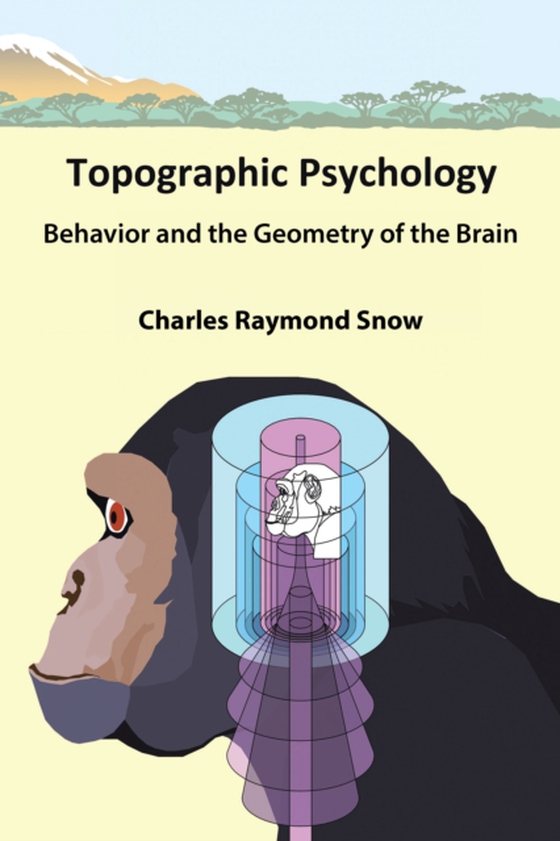
Topographic Psychology e-bog
65,85 DKK
(inkl. moms 82,31 DKK)
Contemporary psychology believes that there exists an entity, called the mind, whose task is to deliberately control the body. This entity is said to inhabit a dimension that's separate from the physical reality that's occupied by the brain. Were this to be true, then it might be possible for the mind to survive the death of its owner and be imported into another biological or mechanical body, ...
E-bog
65,85 DKK
Forlag
Trafford Publishing
Udgivet
22 januar 2023
Længde
208 sider
Genrer
Psychology
Sprog
English
Format
epub
Beskyttelse
LCP
ISBN
9781698709604
Contemporary psychology believes that there exists an entity, called the mind, whose task is to deliberately control the body. This entity is said to inhabit a dimension that's separate from the physical reality that's occupied by the brain. Were this to be true, then it might be possible for the mind to survive the death of its owner and be imported into another biological or mechanical body, or be elevated into some metaphysical plane. Topographic psychology dispenses with the concept of the mind. Instead, it asserts that the brain is a biological machine that uses an internal world model to transform sensation into movement. This idea renders superfluous the concept of mindedness, and enables human and animal behavior to be calibrated against evolution.A world model largely consists of topographic maps. Among these are a map of the proprietary territory of the brain's owner and a map of the owner's bones and muscles. Although the territory exists in the outside world, while the organs exist in the internal world of the body, to the brain, both maps represent pieces of the same reality.Inhabiting the model's central axis is a neural artifact called the self object, which serves within the owner's thinking as a proxy for the owner. A transition from sensing to moving is called a decision. Decisions that are made in the brain are facilitated by neural artifacts, which are derived from sensory input, that reside within the world model. There are two fundamental kinds of artifacts, objects and connections, from which larger neural structures are assembled. These include effectors, which represent unitary actions by one party; transactions, which represent reciprocal actions between two parties; polygon stacks, which represent analogies, inferences, and stories; a special polygon stack that represents the owner's autobiography; pyramids, which represent referents in the outside world; and a special pyramid that represents the self object.In order to promote its owner's survival, a world model reacts to events in the external world by cycling the body between three physiological states. There are three such states, violence, sex, and work, each of which reconfigures the body so that it can optimally respond to a threat or opportunity.
 Dansk
Dansk

